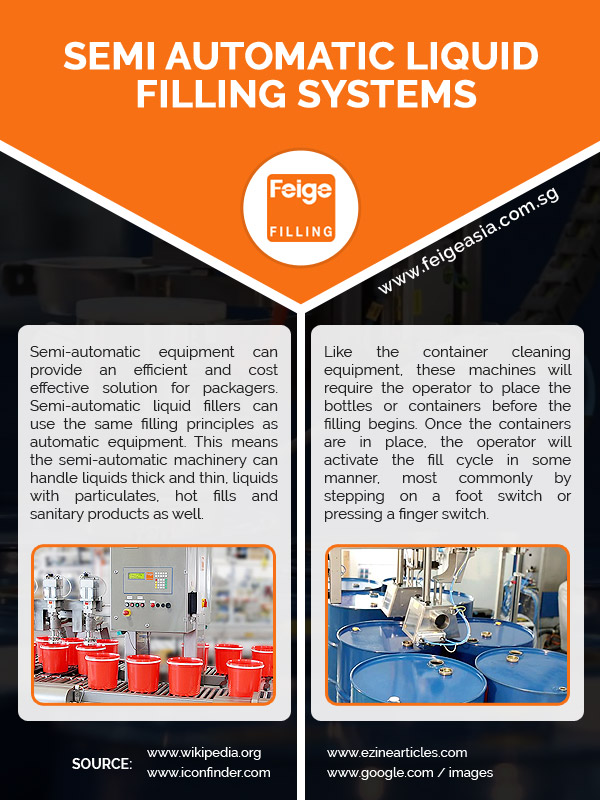
The wings of science and technology are stretching which are sheltering many industries. The advancement has generously offered ease and convenience in every sector that have greatly benefited many tedious and time-consuming tasks. There are many things which are beyond human capabilities and if tried will not be able with efficiency and accuracy.
Manufacturing industries are benefiting lot with the development which is brought in by science and the introduction of conveyor chains have contributed to the continuous commutation of material with the consistent speed. These chains are with the aim to drive the conveyor system using power transmission. The materials required different speed for transportation and also there are specific requirements for every material.
There are variety of chains which can be chosen from including hollow pin chains, self lube chain and slant bent chains. Used in transportation of materials and produced with varying specifications, the conveyor chains are made using different materials like blocks which can be either solid or laminated. Pins and side plates are used for linkage between chains. Deep plates are also used so that more quantity can be transported.
The smooth and consistent pace is due the perfect sync of the slots present in the chains with the sprockets having number of teeth that enable chain to move. In some conveyor systems the sprockets may be driven from one side while for circuitous lines they might have teeth on both the sides are driven from both side. The parts of the chain conveyor like sprockets, pins, rollers and sleeves are made using various materials like carbon steel, stainless steel and plastic.
The choice of material totally depends upon the type of applications. The chain conveyors used in bakery operations have to face high degree of heat, while the environment is totally opposite in freezing plants. The application of conveyor systems can be found everywhere from manufacturing units to grocery stores. These systems are cost effective to way to make the movement of the materials fast and efficient which otherwise have eaten many hours when performed engaging manpower.
Bucket elevator, chain conveyor, screw conveyor etc are most common type of conveyor systems which are widely used in industries like mining, food processing, sewage treatment, timber harvesting and material handling etc. If is about the transportation of loose grains, ores and liquids then the usage of bucket elevator is apt. While screw conveyors are used to displace liquids from one place to other which are not possible through bucket elevator.
Screw conveyors are compact can be housed at place where space is limited and thus can be conveniently used. Both, conveyor chains and systems [http://www.conveyor-manufacturers.net/conveyor-systems.html] are constructed using small parts. Experts while manufacturing these parts have to pay good amount of dedication and time in order to produce parts with great precision.
In Order To Find Out More On Details Conveyor systems Kindly Checkout Our Site Today..!

Recent Comments